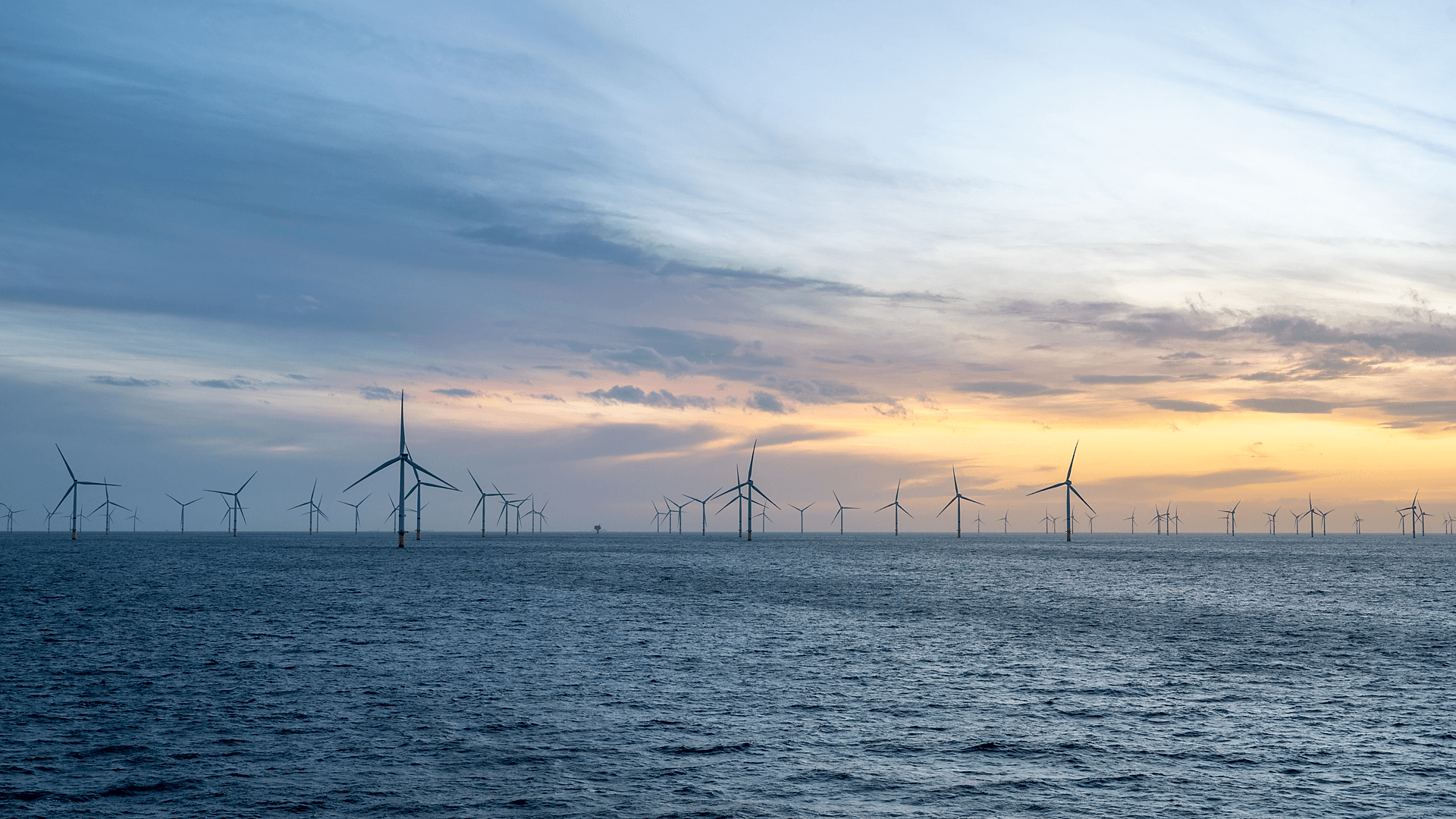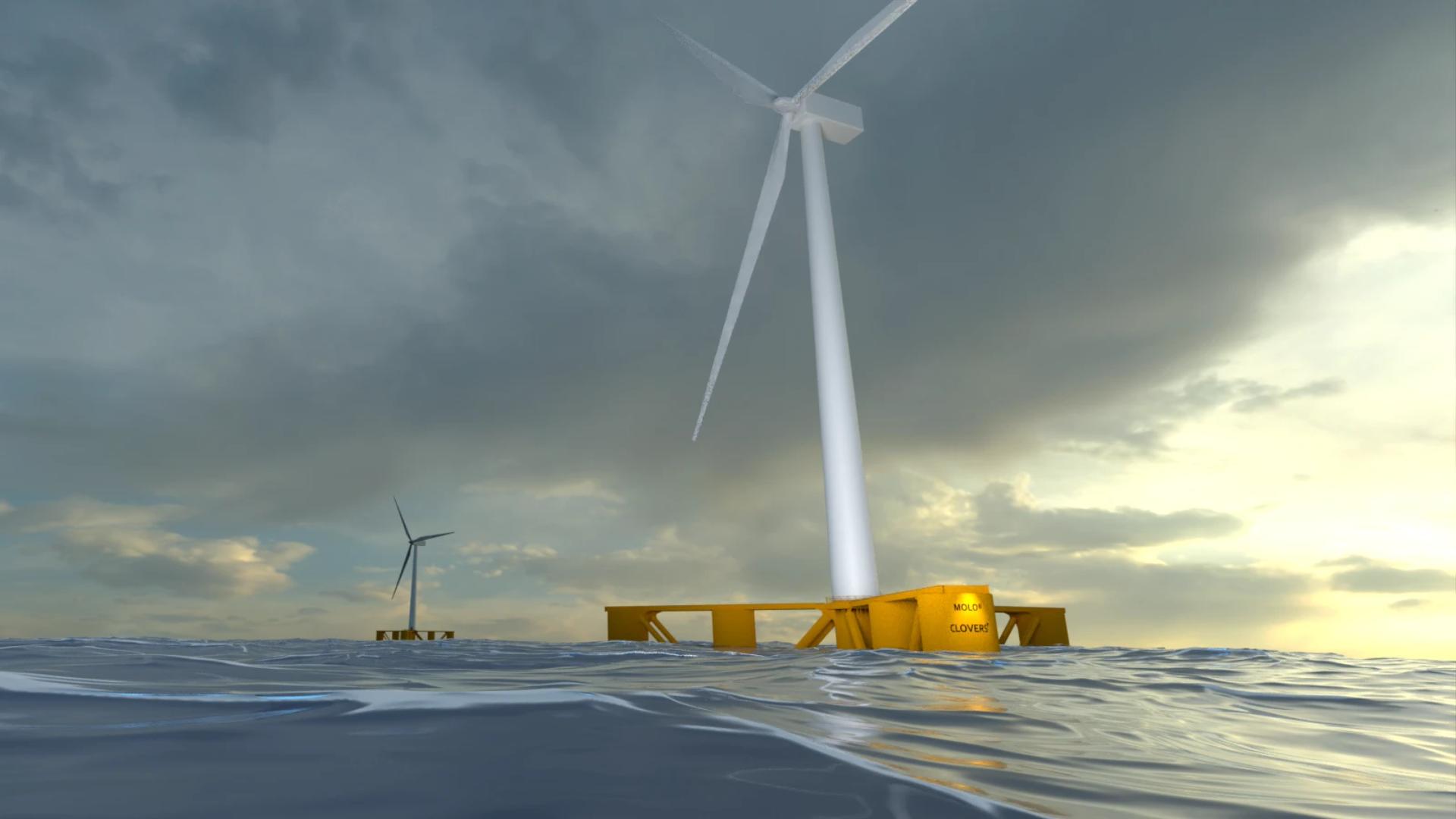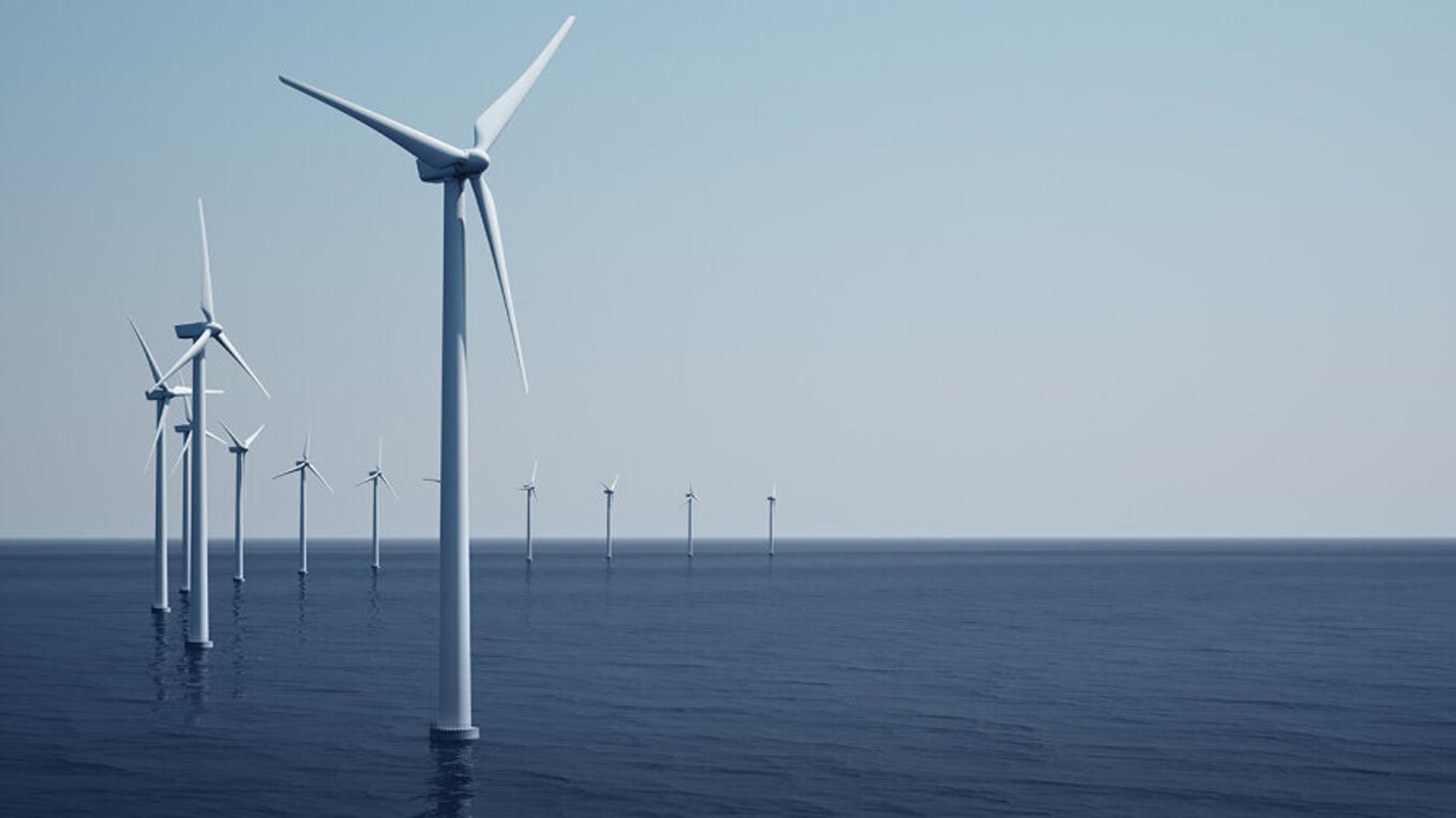Around the world with Team Norway: Norway and US East Coast create offshore wind synergies

“These are exciting times for offshore wind development in the US from Maine to Virginia,” states Tanya Heravian, Business Advisor for Offshore Wind on the US East Coast. Working from Innovation Norway’s office in New York City, Heravian coordinates all things related to Norwegian offshore wind exports to the US.
Norway’s eyes and ears in offshore wind
“As Norway’s eyes and ears on the ground, we ascertain what the offshore wind market needs here in the US,” she adds. “We also facilitate Norway-US collaboration, ranging from one-on-one introductions to large gatherings of public and private players.”
Moreover, she helps Norwegians to navigate the myriad of US national, state and even city regulations on offshore wind.
Equinor to modernise historic marine terminal
Recently, Norway made headlines in the US when Equinor broke ground on construction at the South Brooklyn Marine Terminal, kicking off the revitalisation of the port facility into the country’s largest dedicated offshore wind hub. The project will play a key role in achieving New York’s renewable energy goals.
The new terminal will serve as the operations and maintenance base for the Empire Wind 1 Project, which will deliver 810 MW of renewable electricity to New York. Equinor is the developer of Empire Wind 1, a bottom-fixed wind farm located 15 to 30 miles south of Long Island.
In addition, Equinor has been announced as the provisional winner of an offshore wind lease in the US Central Atlantic region.The roughly 2 GW lease will have the capacity to produce enough energy to power approximately 900 000 US homes.
“Norwegians have a profound understanding of offshore activities. ”
Tanya Heravian
Business Advisor for Offshore Wind on the US East Coast
Burgeoning offshore wind industry
The US offshore wind industry is young. The East Coast is the site of the only three offshore wind farms operating in the US today: Block Island Wind Farm near Rhode Island, Coastal Virginia Offshore Wind, and South Fork Wind, New York’s first offshore wind farm and the first commercial-scale offshore wind farm in the US.
Next to come online will be Equinor’s Empire Wind 1 in 2027, as well as Sunrise Wind, being developed by Ørsted and EverSource. Despite a few recent project cancellations, a much larger number of offshore wind farms remain active in the development pipeline.

Floating offshore wind holds great promise
Both Norway and the US East Coast have vast untapped wind energy potential, especially in deep waters unsuitable for traditional bottom-fixed wind turbines. The answer to this challenge is floating offshore wind (FOW), a nascent technology that will enable offshore wind farms in water depths of 60 to 800 metres or more.
As the pioneer of FOW, Norway is building its own FOW industry, which US companies and authorities can benefit from. On the East Coast, the Gulf of Maine is ideal for FOW, and coastal states such as Maine and Massachusetts aim to develop an FOW industry. In fact, Governor Janet Mills of Maine has scheduled a fact-finding visit to Norway.
“Maine and Norway have similarities that make them natural collaboration partners. They share a deep connection to the harsh northern seas through fishing and maritime activities,” explains Heravian.
Norway’s complete offshore wind value chain
Notably, Norway has a complete value chain in offshore wind, which represents a huge resource for US companies. As a leader in maritime digitalisation, Norway excels in the areas of advanced vessel systems, cables, foundations, geosurvey, marine equipment, SCADA, sensors, subsea and substations. (See the non-exhaustive list of companies active in the region below.)
“Due to the Jones Act, Norwegians cannot come to the US and build complete vessels, but they can build parts of vessels and supply vessels with high-tech systems such as sonar and radar,” she says.
Unparalleled expertise in offshore structures
With over half a century of offshore sector experience, Norway knows how to develop and operate massive ocean structures far out at sea.
“Norwegians have a profound understanding of offshore activities. They’ve been able to pivot from oil and gas platforms to offshore wind farms by transferring knowledge, skills and personnel. Potential US partners appreciate this,” she says.
Moreover, US companies will find opportunities to collaborate on innovation with Norwegian partners, including the testing of new technology at Norway’s Marine Energy Test Centre (METCentre). When it comes to the offshore wind workforce, Norway can send its offshore wind experts to “train the trainers” in the US.
“In my experience, Norwegians are inclined towards collaboration. Their mindset is very conducive to the offshore wind industry and its growth in the US,” concludes Heravian.


